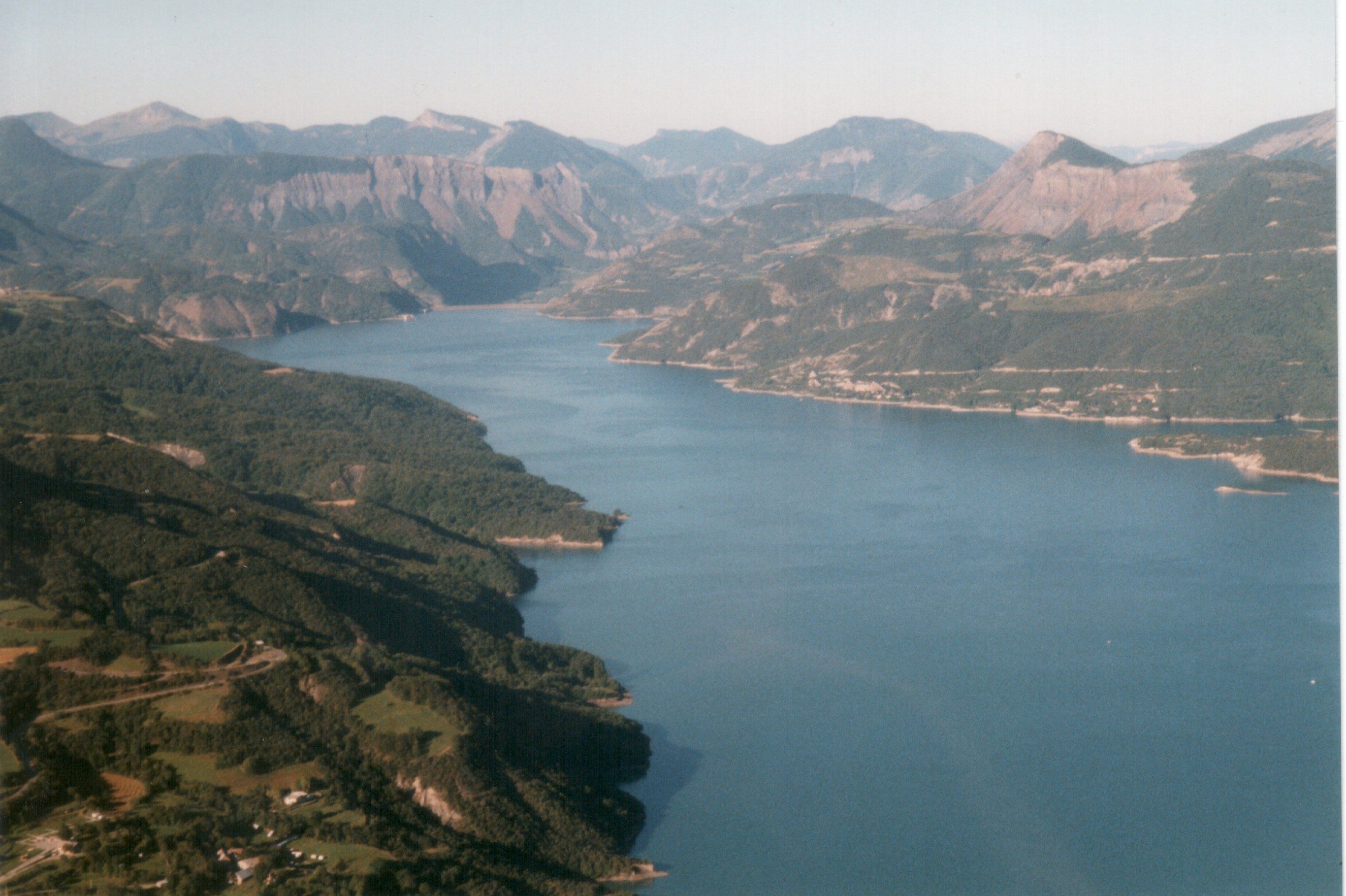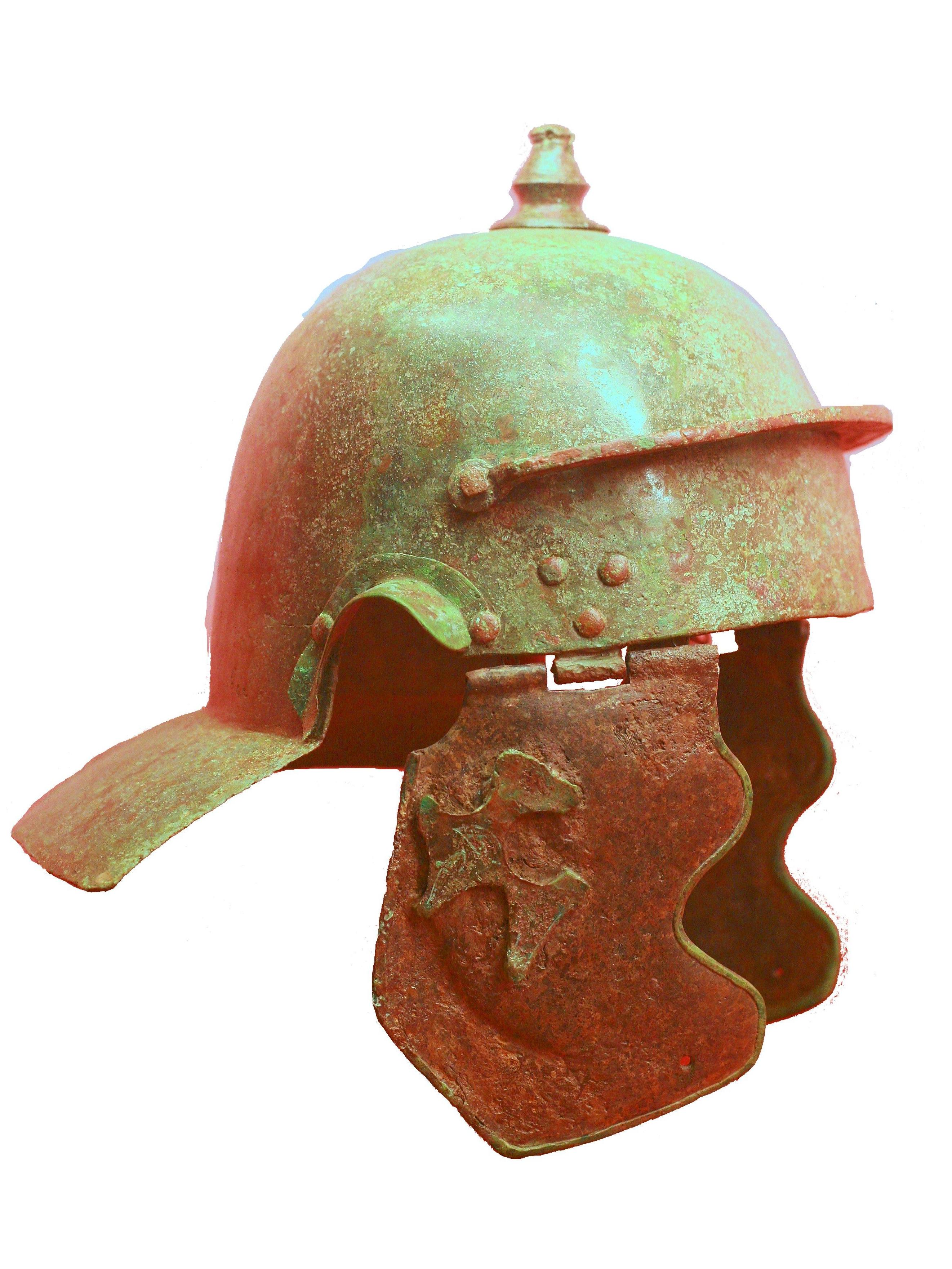|
Tres Alpes
''Tres Alpes'' (literally, "Three Alps"), was the collective term used by the Romans to denote three small provinces of the Roman empire situated in the western Alps mountain range, namely Alpes Graiae (or Poeninae) (Val d'Aosta, Italy); Alpes Cottiae (Val di Susa, Italy); and Alpes Maritimae. The region was annexed by the Romans in 16–14 BC and the three provinces organised by 7 BC.CAH X 170, 471 See also * Roman empire The Roman Empire ( la, Imperium Romanum ; grc-gre, Βασιλεία τῶν Ῥωμαίων, Basileía tôn Rhōmaíōn) was the post-Republican period of ancient Rome. As a polity, it included large territorial holdings around the Mediterr ... * Alpine regiments of the Roman army Citations References * Cambridge Ancient History 2nd Ed: Vol X (1996) ''The Augustan Empire'' {{AncientRome-stub ... [...More Info...] [...Related Items...] OR: [Wikipedia] [Google] [Baidu] |
Roman Empire 125
Roman or Romans most often refers to: *Rome, the capital city of Italy *Ancient Rome, Roman civilization from 8th century BC to 5th century AD *Roman people, the people of ancient Rome *''Epistle to the Romans'', shortened to ''Romans'', a letter in the New Testament of the Christian Bible Roman or Romans may also refer to: Arts and entertainment Music * Romans (band), a Japanese pop group * ''Roman'' (album), by Sound Horizon, 2006 * ''Roman'' (EP), by Teen Top, 2011 *" Roman (My Dear Boy)", a 2004 single by Morning Musume Film and television * Film Roman, an American animation studio * ''Roman'' (film), a 2006 American suspense-horror film * ''Romans'' (2013 film), an Indian Malayalam comedy film * ''Romans'' (2017 film), a British drama film * ''The Romans'' (''Doctor Who''), a serial in British TV series People *Roman (given name), a given name, including a list of people and fictional characters *Roman (surname), including a list of people named Roman or Romans *Ῥωμα ... [...More Info...] [...Related Items...] OR: [Wikipedia] [Google] [Baidu] |
Roman Province
The Roman provinces (Latin: ''provincia'', pl. ''provinciae'') were the administrative regions of Ancient Rome outside Roman Italy that were controlled by the Romans under the Roman Republic and later the Roman Empire. Each province was ruled by a Roman appointed as governor. For centuries it was the largest administrative unit of the foreign possessions of ancient Rome. With the administrative reform initiated by Diocletian, it became a third level administrative subdivision of the Roman Empire, or rather a subdivision of the imperial dioceses (in turn subdivisions of the imperial prefectures). Terminology The English word ''province'' comes from the Latin word ''provincia''. In early Republican times, the term was used as a common designation for any task or set of responsibilities assigned by the Roman Senate to an individual who held ''imperium'' (right of command), which was often a military command within a specified theatre of operations. In time, the term became t ... [...More Info...] [...Related Items...] OR: [Wikipedia] [Google] [Baidu] |
Roman Empire
The Roman Empire ( la, Imperium Romanum ; grc-gre, Βασιλεία τῶν Ῥωμαίων, Basileía tôn Rhōmaíōn) was the post-Republican period of ancient Rome. As a polity, it included large territorial holdings around the Mediterranean Sea in Europe, North Africa, and Western Asia, and was ruled by emperors. From the accession of Caesar Augustus as the first Roman emperor to the military anarchy of the 3rd century, it was a Principate with Italia as the metropole of its provinces and the city of Rome as its sole capital. The Empire was later ruled by multiple emperors who shared control over the Western Roman Empire and the Eastern Roman Empire. The city of Rome remained the nominal capital of both parts until AD 476 when the imperial insignia were sent to Constantinople following the capture of the Western capital of Ravenna by the Germanic barbarians. The adoption of Christianity as the state church of the Roman Empire in AD 380 and the fall of the Western ... [...More Info...] [...Related Items...] OR: [Wikipedia] [Google] [Baidu] |
Alps
The Alps () ; german: Alpen ; it, Alpi ; rm, Alps ; sl, Alpe . are the highest and most extensive mountain range system that lies entirely in Europe, stretching approximately across seven Alpine countries (from west to east): France, Switzerland, Italy, Liechtenstein, Austria, Germany, and Slovenia. The Alpine arch generally extends from Nice on the western Mediterranean to Trieste on the Adriatic and Vienna at the beginning of the Pannonian Basin. The mountains were formed over tens of millions of years as the African and Eurasian tectonic plates collided. Extreme shortening caused by the event resulted in marine sedimentary rocks rising by thrusting and folding into high mountain peaks such as Mont Blanc and the Matterhorn. Mont Blanc spans the French–Italian border, and at is the highest mountain in the Alps. The Alpine region area contains 128 peaks higher than . The altitude and size of the range affect the climate in Europe; in the mountains, precipitation ... [...More Info...] [...Related Items...] OR: [Wikipedia] [Google] [Baidu] |
Alpes Graiae
The Alpes Graiae et Poeninae, later known as Alpes Atrectianae et Poeninae (officially Alpes Atrectianae et Vallis Poenina), were a small Alpine province of the Roman Empire created after the merging of the ''Alpes Poeninae'' (or ''Vallis Poenina'') and the ''Alpes Graiae'' (or ''Alpes Atrectianae''), probably during the reign of Claudius (41–54 AD). Comprising the modern Canton of Valais (Switzerland), the Tarantaise Valley (France), and the Val d'Aosta (Italy), it was one of the three provinces straddling the Alps between modern France and Italy, along with the Alpes Maritimae and Alpes Cottiae. The province had two capitals, most likely since its creation: Forum Claudii Ceutronum (modern-day Aime-la-Plagne) for the Alpes Graiae, and Forum Claudii Vallensium (modern-day Martigny) for the Alpes Poeninae.'''' The procurator of the province resided alternatively in one of the two chief towns. Name The province was commonly called ''Alpes Graiae'', ''Alpes Atrectianae'', ''Al ... [...More Info...] [...Related Items...] OR: [Wikipedia] [Google] [Baidu] |
Val D'Aosta
, Valdostan or Valdotainian it, Valdostano (man) it, Valdostana (woman)french: Valdôtain (man)french: Valdôtaine (woman) , population_note = , population_blank1_title = Official languages , population_blank1 = Italian French , demographics_type1 = Citizenship , demographics1_footnotes = , demographics1_title1 = Italian , demographics1_info1 = 95% , demographics1_title2 = , demographics1_info2 = , demographics1_title3 = , demographics1_info3 = , timezone1 = CET , utc_offset1 = +1 , timezone1_DST = CEST , utc_offset1_DST = +2 , postal_code_type = , postal_code = , area_code_type = ISO 3166 code , area_code = IT-23 , blank_name_sec1 = GDP (nominal) , blank_info_sec1 = €4.9 billion (2018) , blank1_name_sec1 = GDP per capita , blank1_info_sec1 = €38,900 (2018) , blank2_name_sec1 = HDI ... [...More Info...] [...Related Items...] OR: [Wikipedia] [Google] [Baidu] |
Alpes Cottiae
The Alpes Cottiae (; English: 'Cottian Alps') were a small province of the Roman Empire founded in 63 AD by Emperor Nero. It was one of the three provinces straddling the Alps between modern France and Italy, along with the Alpes Graiae et Poeninae and Alpes Maritimae. The capital of the province was Segusio (modern Susa, Piedmont). Other important settlements were located at Eburodunum and Brigantio (Briançon). Named after the 1st-century BC ruler of the region, Marcus Julius Cottius, the toponym survives today in the Cottian Alps. History The province had its origin in a local chiefdom controlled by the enfranchised king Marcus Julius Donnus, who ruled over Ligurian tribes of the region by the middle of the 1st century BC. He was succeeded by his son, Marcus Julius Cottius, who offered no opposition to the integration of his realm into the Roman imperial system under Emperor Augustus in 15–14 BC, then kept on ruling on native tribes as a ''praefectus civitatium'' of a ... [...More Info...] [...Related Items...] OR: [Wikipedia] [Google] [Baidu] |
Val Di Susa
The Susa Valley ( it, Val di Susa; pms, Valsusa; french: Val de Suse; oc, Val d'Ors) is a valley in the Metropolitan City of Turin, Piedmont region of northern Italy, located between the Graian Alps in the north and the Cottian Alps in the south. It is one of the longest valleys of the Italian Alps. It extends over in an east-west direction from the French border to the outskirts of Turin. The valley takes its name from the city of Susa which lies in the valley. The Dora Riparia river, a tributary of the Po, flows through the valley. A motorway runs through the valley from Turin to Chambéry in France through the Fréjus tunnel or by crossing the Col du Mont Cenis (2083m), and to Briançon, also in France, over the Col de Montgenèvre. Geography Peaks that surround the valley include: * Pointe de Ronce - 3,612 m *Rocciamelone - 3,538 m *Pierre Menue - 3,506 m *Rognosa d'Etiache - 3,382 m *Punta Sommeiller - 3,332 m *Punta Ramiere - 3,303 m *Mont Chaberton - 3,131 m *Monte Or ... [...More Info...] [...Related Items...] OR: [Wikipedia] [Google] [Baidu] |
Alpes Maritimae
The Alpes Maritimae (; English: 'Maritime Alps') were a small Roman province, province of the Roman Empire founded in 63 AD by Nero. It was one of the three provinces straddling the Alps between modern France and Italy, along with the Alpes Graiae et Poeninae and Alpes Cottiae. The Alpes Maritimae included parts of the present-day French departments of Alpes-Maritimes (in which the name survives), Alpes-de-Haute-Provence and Hautes-Alpes.Michael Grant, Gli imperatori romani, Roma, Newton & Compton, 1984, . The capital of the province was Cemenelum (modern Cimiez, a neighbourhood of Nice), until it was replaced by Eburodunum (modern Embrun, Hautes-Alpes, Embrun) during the reign of Diocletian (284–305). History Following the subjugation of the local Ligures, Ligurian tribes in the summer of 14 BC, the region was ruled by a ''praefectus civitatium'', then was given Latin Rights in 63 AD and placed under the administration of a ''Procurator (ancient Rome), procurator''. Cemene ... [...More Info...] [...Related Items...] OR: [Wikipedia] [Google] [Baidu] |
Alpine Regiments Of The Roman Army
The Alpine regiments of the Roman army were those auxiliary units of the army that were originally raised in the Alpine provinces of the Roman Empire: Tres Alpes, Raetia and Noricum. All these regions were inhabited by predominantly Rhaetian peoples and Celtic-speaking tribes. They were annexed, or at least occupied, by the emperor Augustus' forces during the period 25–14 BC. The term "Alpine" is used geographically in this context and does not necessarily imply that the regiments in question were specialised in mountain warfare. However, in the Julio-Claudian period (27 BC – AD 68), when the regiments were still largely composed of Alpine recruits, it is likely that they were especially adept at mountain operations. As would be expected from mountain people, the Alpine provinces predominantly supplied infantry; only one Alpine cavalry ''ala'' is recorded. About 26 Alpine regiments were raised in the Julio-Claudian period, the great majority under Augustus or his successor Ti ... [...More Info...] [...Related Items...] OR: [Wikipedia] [Google] [Baidu] |





